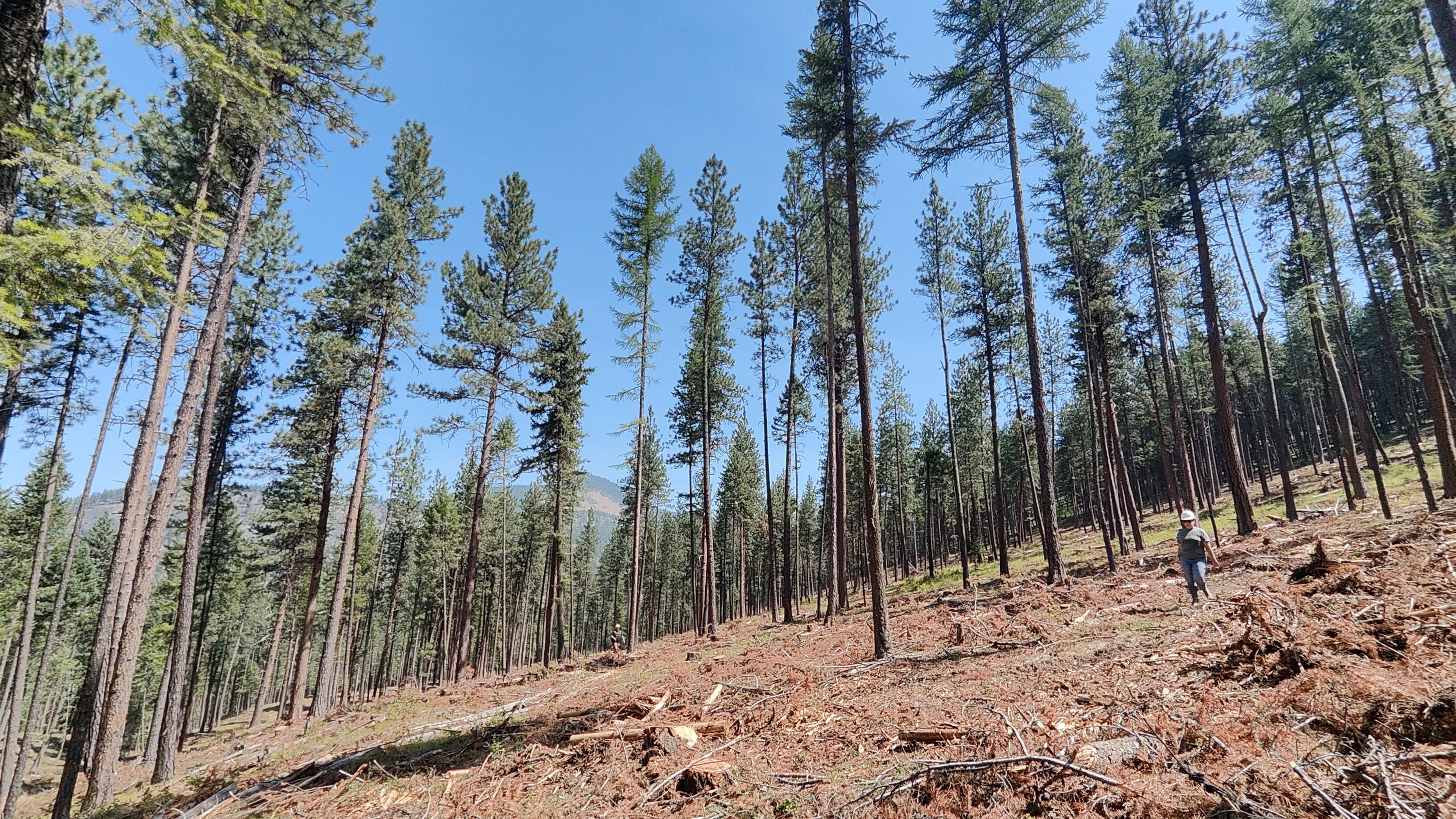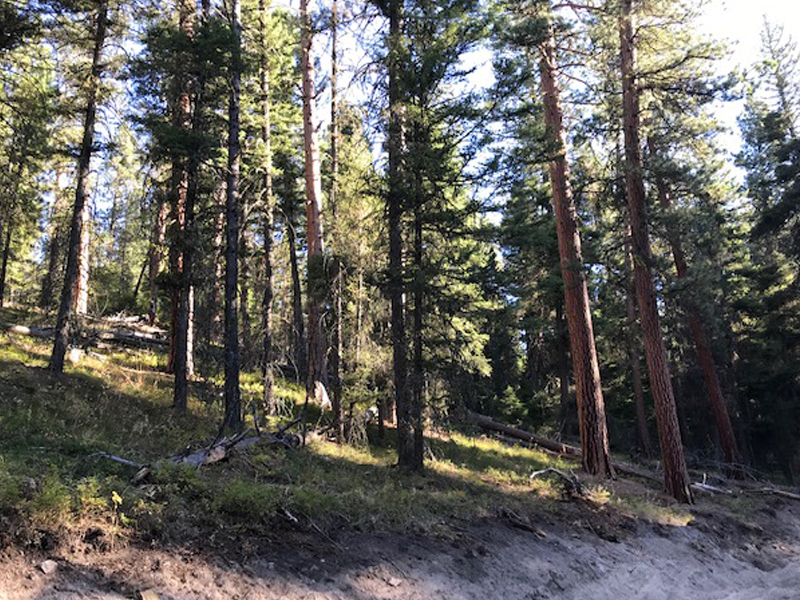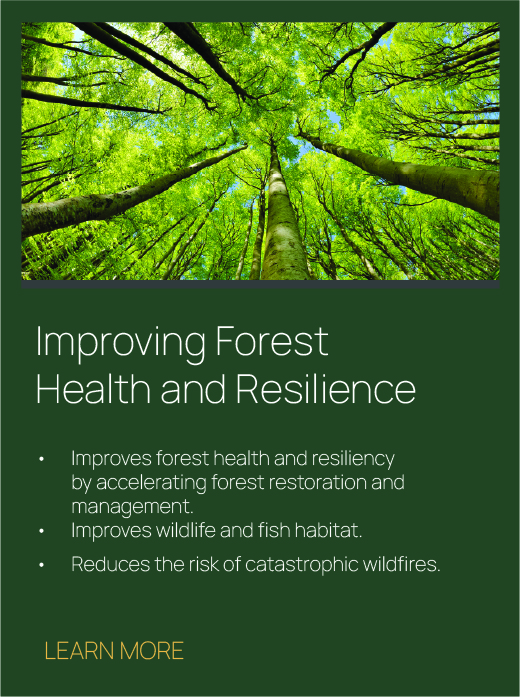What is the Good Neighbor Authority?
The Good Neighbor Authority (GNA), authorized under the 2014 Farm Bill, empowers the Department of Natural Resources and Conservation to partner with federal agencies to manage and restore federal lands using state procedures, personnel, and contracts. This collaboration with the U.S. Department of Agriculture (USDA) Forest Service and the Bureau of Land Management (BLM) allows for more efficient planning, funding, and implementation of forest management and restoration projects in Montana.
How does the Good Neighbor Authority benefit Montana?
Since 70% of the forested land in Montana is federally owned, GNA is an essential tool for safeguarding our communities from wildfire and addressing the forest health crisis on federal lands. This partnership accelerates forest management and restoration projects by leveraging our expertise and resources.
GNA projects also provide timber to support Montana’s forest products industry. The revenue generated from the sale of this timber is reinvested into new forest restoration and management programs in Montana.
There are many benefits of this program for Montana’s forests and communities.
Good Neighbor Authority by the Numbers
58
Timber Sales Completes or Under Contract


Good Neighbor Authority Project Locations
The interactive map below displays the projects currently under contract, completed, and planned by the Good Neighbor Authority.
The map’s left-hand menu allows users to filter the projects displayed by project type, the federal partners involved, project status, funding source, and whether a project is within a Montana Forest Action Plan priority area or a wildland-urban interface.
Current Good Neighbor Authority Projects
Jackknife Project
Flathead National Forest, Tally Lake Ranger District
The Jackknife project, covering 2,071 acres near Olney, aims to reduce the risk of intense wildfires in nearby communities by decreasing tree densities and removing accumulated combustible vegetation. Scheduled for completion in 2025, the project will integrate fuel breaks across both public and private lands. It utilizes modern logging techniques to minimize environmental impact and encourages adjacent landowners to adopt similar practices for fire mitigation.

Lost Marbles Project
Lolo National Forest, Superior Ranger District
Spanning 741 acres near Superior, the Lost Marbles project aims to improve forest health, reduce wildfire risk, and support forage for wildlife. Despite 75% of the project area being inaccessible by road, DNRC collaborated with private landowners to secure entry. Funds from HB 883 supported this effort while providing additional funds for noxious weed management on private property, critical for access point and log landing.
Bonanza Project
Lewis & Clark National Forest
This project proposes a 1,980-acre vegetation treatment in the Castle Mountains near White Sulphur Springs. The focus is on enhancing forest health while also providing wood products to support local economies through timber harvest. To address staffing shortages at USFS, DNRC is contracting the NEPA analysis for this project, which is expected to conclude in July 2025. Additionally, the project involves improving 50 miles of road to facilitate haul routes.



